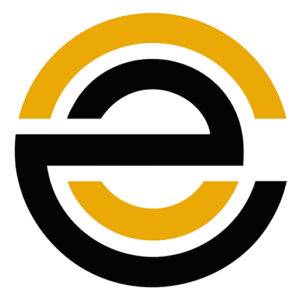Creating E-Content Blocks for WordPress
In the world of WordPress development, creating customized content is essential for delivering a unique user experience and enhancing website functionality. While WordPress provides a range of built-in blocks to simplify content creation, these default options often fall short when it comes to flexibility and customization for more advanced needs. This is where E-Content Blocks come into play.
E-Content Blocks are a game-changer for developers looking to push beyond the limitations of traditional WordPress blocks. They enable extensive customization, allowing websites to achieve superior performance, scalability, and a highly tailored user experience. Whether you’re building a simple blog or a complex, data-driven site, Creating E-Content Blocks provides the solution to transform WordPress sites into dynamic, engaging platforms.
On this page, we’ll dive into what E-Content Blocks are, why they are essential, and how you can create them using tools like ACF Pro. We’ll also explore the benefits they offer and provide a step-by-step guide to building custom E-Content Blocks using Advanced Custom Fields (ACF) and a touch of jQuery.
What Are The Benefits of Creating Custom Blocks?
Explore the Custom Blocks in action
I provide access to a library of over 70 custom-designed blocks, each meticulously crafted to fuel your creativity and assist you in building exceptional websites. As you browse through this site, feel free to reach out for the full collection.
e-Content Bulleted List Block
e-Content Bulleted List Block allows for customizable bulleted list styles to improve content organization, readability, and presentation in your e-content.
e-Content Post To Front Block
e-Content Posts To Front Block enables custom post display options, bringing your posts to the forefront for enhanced visibility and better content management.
e-Content Posts and Button Block
e-Content Posts and Button Block combines posts and customizable buttons to enhance user interaction, improving engagement and content presentation.
e-Content Testimonial Reviews Block
e-Content Testimonial Reviews Block lets you display custom reviews to build trust and credibility, enhancing content presentation and user engagement.
e-Content Tabs Builder Block
e-Content Tabs Builder Block allows easy creation of custom tabs to organize and present content efficiently, enhancing user experience and navigation.
e-Content Slider Block
e-Content Slider Block enables customizable sliders to showcase content dynamically, improving presentation and user engagement across your site.


